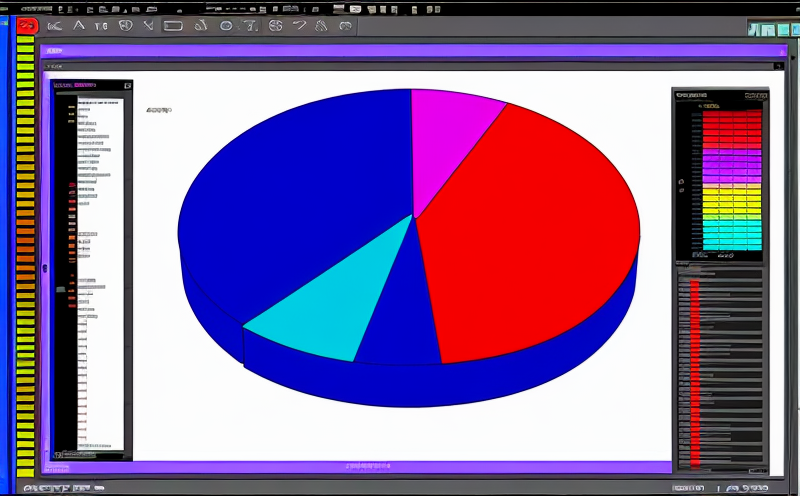ISO 16979 Dynamic Mechanical Thermal Analysis of Materials
The ISO 16979 standard defines a method for conducting dynamic mechanical thermal analysis (DMTA) to determine the viscoelastic behavior of materials as a function of temperature. This method is particularly useful in the chemical testing sector where understanding how materials behave under various temperatures is critical.
Dynamic Mechanical Thermal Analysis involves applying a sinusoidal oscillatory force to a sample and measuring the resulting displacement. The ratio of this displacement to the applied force gives the storage modulus, which indicates the elastic component of the material's response. At the same time, the dissipation factor provides information about the damping or loss behavior.
The procedure is conducted within a controlled temperature range, typically from room temperature up to the decomposition point of the sample, using an oscillatory frequency that can be varied depending on specific requirements. This allows for detailed characterization of materials under thermal stress conditions.
For accurate results, it is essential to prepare the samples correctly according to ISO 16979 guidelines. Samples should be uniform and free from defects or inclusions that could influence test outcomes. The choice of sample size and geometry can also impact the results, hence standardization ensures reproducibility.
The equipment used for this analysis includes a DMTA instrument capable of precise temperature control and accurate measurement of forces and displacements. Calibration is crucial to maintain accuracy over time. The software accompanying these instruments often provides graphical representations of the results, facilitating easier interpretation.
Acceptance criteria under ISO 16979 are stringent, focusing on repeatability and reproducibility between different laboratories. This ensures that results from various testing facilities can be compared reliably. Compliance with international standards like ISO 16979 is particularly important for industries dealing with safety-critical materials such as automotive components.
Understanding the viscoelastic properties of materials through DMTA provides critical insights into their performance under thermal stress, which is vital for quality assurance and compliance in various sectors including automotive manufacturing. By adhering to ISO 16979, laboratories ensure they meet stringent industry requirements ensuring product reliability and safety.
For R&D engineers, this method offers a powerful tool to explore new materials and formulations, optimizing their properties for specific applications. For procurement teams, it helps in selecting suppliers who deliver materials meeting defined performance criteria.
Customer Impact and Satisfaction
- Enhanced product quality through accurate testing of materials under thermal stress.
- Improved compliance with international standards like ISO 16979 ensuring regulatory requirements are met.
- Informed decision-making in R&D by providing detailed insights into material behavior.
- Increased confidence in supplier selection and material performance.
- Enhanced safety margins for products subjected to high thermal loads.
Environmental and Sustainability Contributions
Determining the viscoelastic properties of materials under various temperatures can lead to more sustainable design choices. By optimizing material properties, manufacturers reduce waste and energy consumption during production processes. For instance, selecting materials with lower temperature degradation points minimizes the need for additional processing or replacement.
Additionally, understanding how materials behave thermally aids in designing products that are more energy-efficient throughout their lifecycle, from manufacturing to end-of-life disposal. This aligns well with broader sustainability goals and helps meet environmental regulations.
Use Cases and Application Examples
| Material Type | Testing Objective | Expected Outcome |
|---|---|---|
| Polymer blends | Characterize interaction between components at different temperatures. | Identify optimal processing and application temperature ranges. |
| Metallic alloys | Evaluate thermal stability for high-temperature applications. | Determine maximum service temperature without failure. |
| Ceramic coatings | Assess adhesion strength under varying temperatures. | Predict long-term durability and reliability. |
| Solvent-based adhesives | Ensure proper curing at specified temperature ranges. | Optimize production processes for consistent quality output. |





